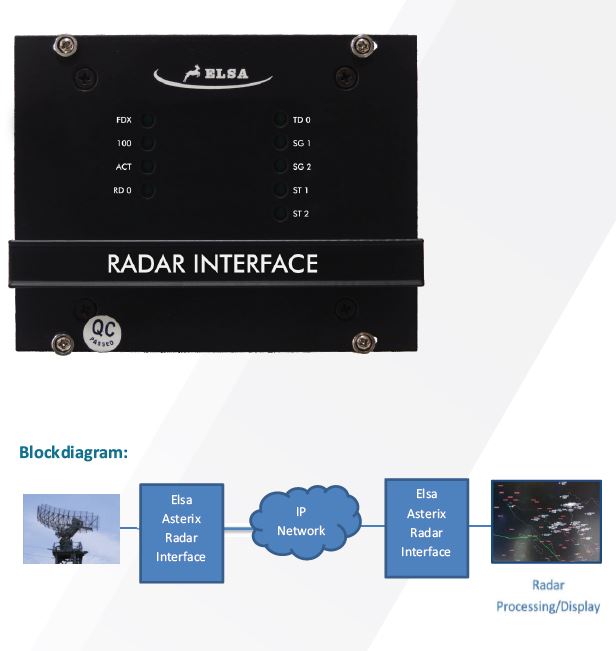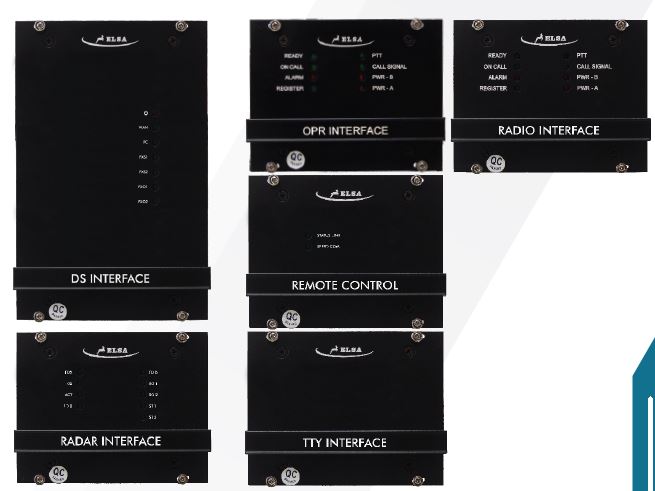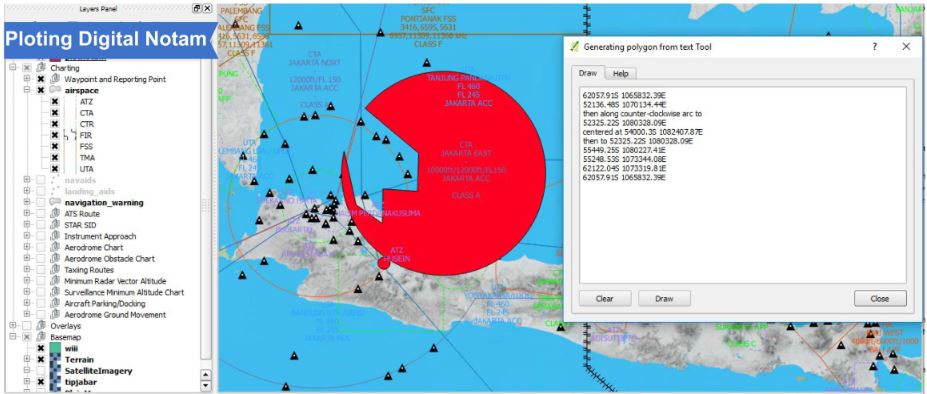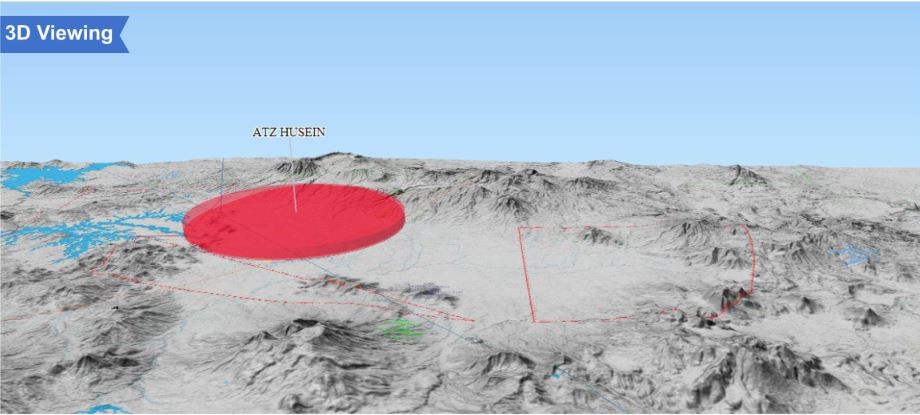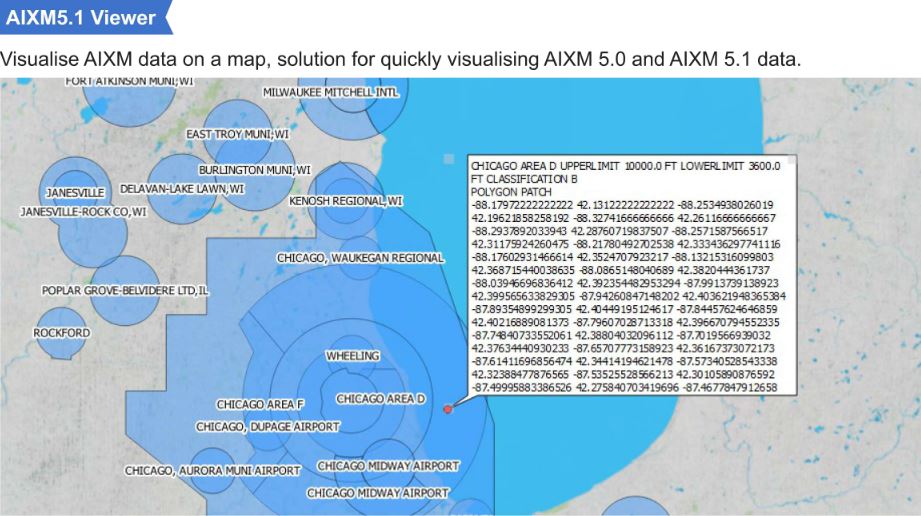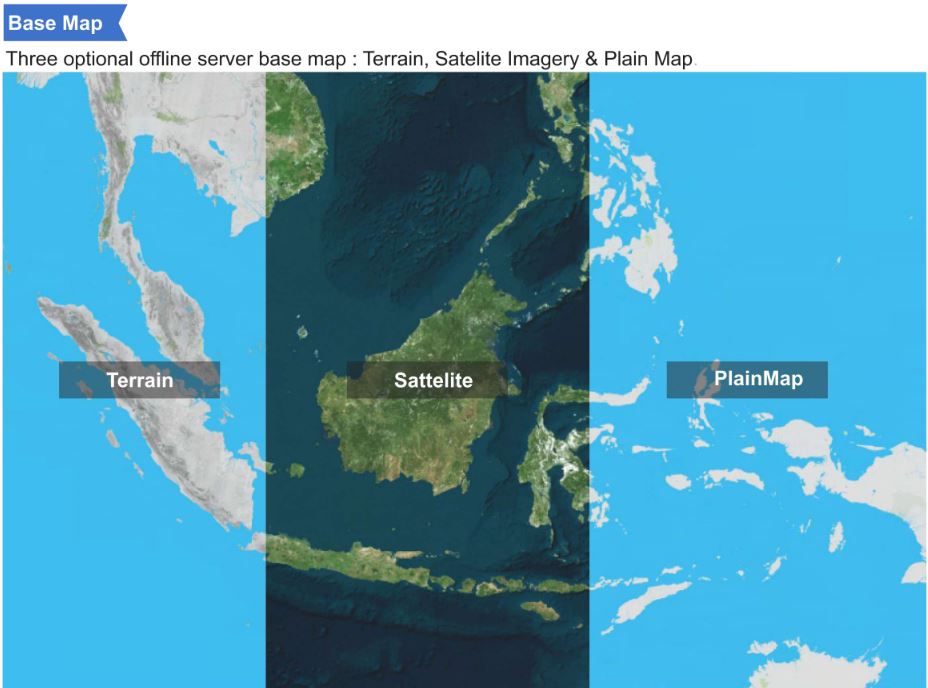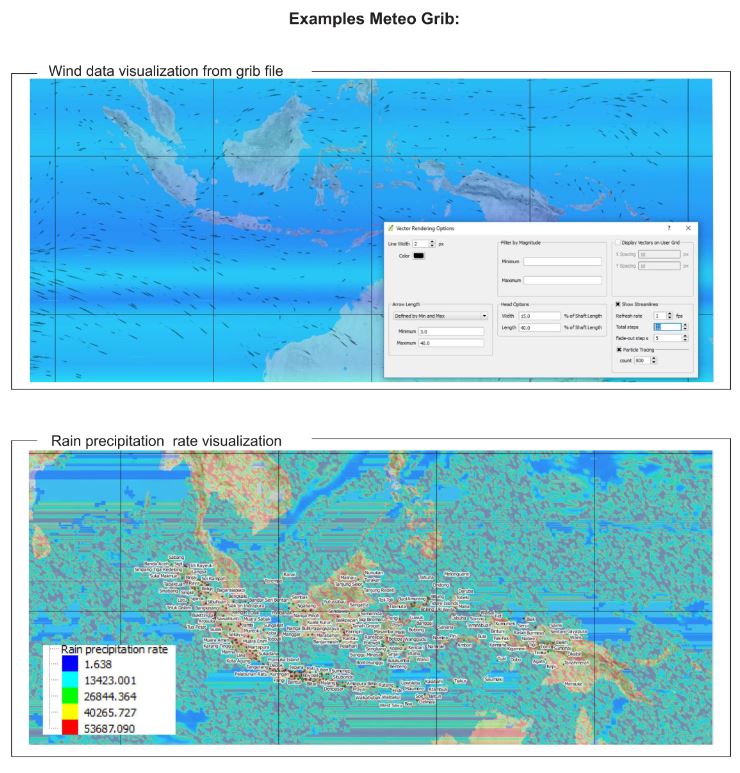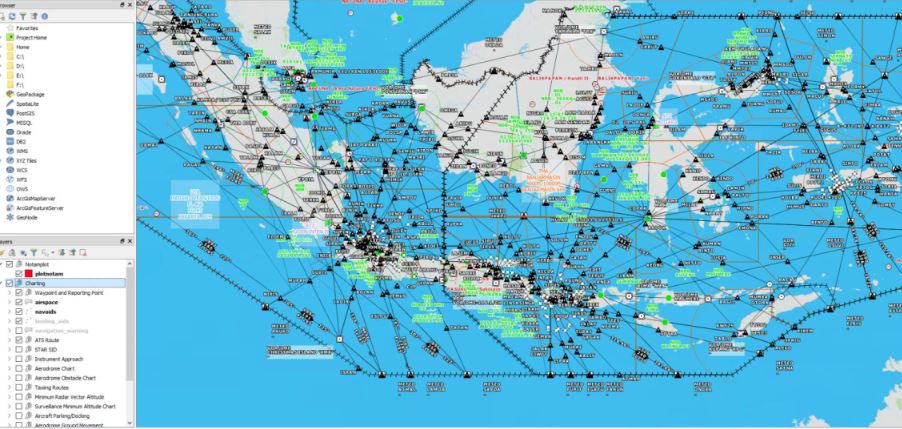Aeronautical VSAT & Terestrial Interface Commercial airlines are rapidly discovering the advantage of in-flight connectivity. It’s absolutely essential to compete for the loyalty of more than one billion people who travel each year. And it’s critical to improving operational productivity in an industry constantly facing rising costs.
While the concept of in-flight connectivity took decades to get off the ground, the technology is taking firm hold today. Nearly every major airline has rolled out, or is planning to install, some form of in-flight connectivity service. The other primary solution for in-flight connectivity is VSAT, which is rapidly being embraced by airlines. With VSAT, airlines are able to offer higher data rates, with continuous coverage for both domestic and international routes. To linking with VSAT, we have several products to interface from IP VSAT network to almost any ground communication facilities (voice & data).
Ethernet interface:
- Number of port : 1
- Speed : 10/100Mbps, Auto MDI/MDIX
- Support IP configuration : Static, DHCP
- Network protocol : TCP Client, TCP Server, UDP
- Configuration options : TTY Console, ELSA TTY to Ethernet Configuration Tools ( OS Windows )
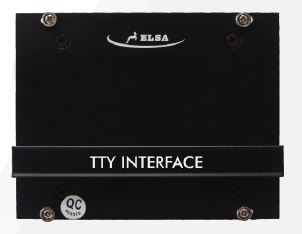
TTY Interface:
- Number of ports : 1
- Serial standards : RS-232/422/485
- Connector : DB9 male
- Data bits : 7, 8
- Stop bits : 1,
- Parity : None, Odd, Even
- Flow control : None, RTS/CTS, XON/XOFF
- Baudrate : 300 bps to 230.4 kbps
- Serial signal:
- RS-232 : TxD, RxD, RTS, CTS, GND
- RS-422 : Tx+, Tx-, Rx+, Rx-, GND
- RS-485 4 wire : Tx+, Tx-, Rx+, Rx-, GND
- RS-485 2 wire : Data+, Data-, GND
- Input Voltage : 3.3 VDC (Power Supply Included)
- Max Power consumption : 300mA
Note: supporting to redundancy system using ELSA TTY to Ethernet Change Over

Specifications :
- Ethernet : 10/100Mbps
- Communication Protocol : TCP/IP and UDP
- Data Transfer Rate : up to 100MBps
- Input channel : 16 (dry/wet contact configuration)
- Output channel : 8 relay DPDT (contact
- Isolation protection : 2 kVDC
- Power Input : 10-28 VDC
- Power consumption : 2W (max) @24VDC
- Power reversal protection : yes
Block Diagram :


ER (radio/ground station)
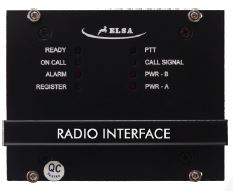
Specifications :
- Ethernet: 10/100Mbps
- Audio out – 1.0 Vrms (2.8Vp-p) 600 Ω isolated, volume software adjustable
- Audio input – 1.0 Vrms (2.8Vp-p) 600 Ω isolated, volume software adjustable
- codec: G.711ulaw, G.711alaw, G.722 (wide band) vocoders G.729A (optional)
- Audio filter: AEC – Acoustic Echo Cancellation, AGC – Auto Gain Control, NR - Noise reduction
- PTT in (call signal), PTT out
- Power input: 85-260 VAC
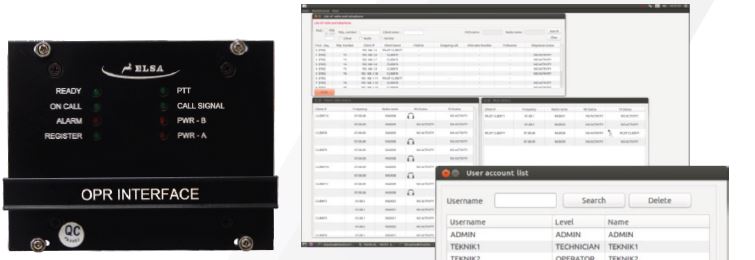
ER (operator)
Specification:
- Ethernet: 10/100Mbps
- Audio out – 1.25 Vrms (3.5Vp-p) 16-32Ω, volume software adjustable
- Audio input – adjustable bias and gain 2.6Vdc 5-15 kΩ, volume software adjustable
- codec: G.711ulaw, G.711alaw, G.722 (wide band) vocoders G.729A (optional)
- Audio filter: AEC – Acoustic Echo Cancellation, AGC – Auto Gain Control, NR - Noise reduction
- PTT in, PTT out (call signal)
- Power input: 85-260 VAC
Specification Analog Phone Interface:
- Ethernet : 10/100Mbp
- Configuration : 2 FXS + 2 FXO analog port
- Voice Processing : Voice codec (G.711a/mu, G.729A)
- DTMF : SIP-INFO, RFC2833, Transparent transmission, Hook-flash events
- Redundancy : Primary – Standby, Active – Standby, Load balancing
- Failover : Network failure, PSTN failover on power
- Power input : 12VDC 1.5A
Specification VOIP Interface:
Can be connected directly to standard IP SIP phone
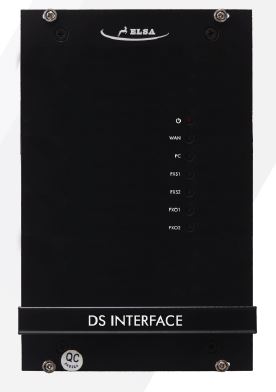
Blockdiagram:
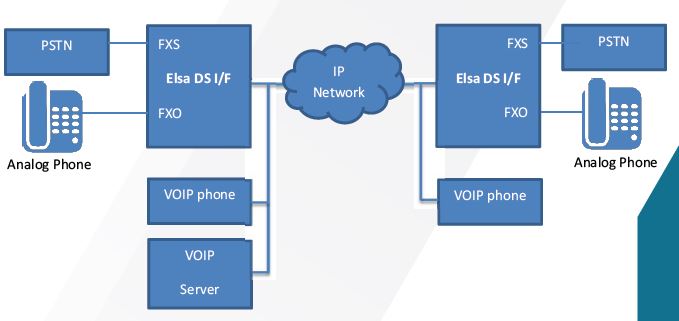
Radar Data Synchronous Serial Interface
Specification:
- Ethernet : 10/100 Mbps, auto MDI/X
- Synchronous pinout : DB25 & RS232
- Synchronous protocol : Asterix Radar Data
- Power input : 5VDC 600mA
